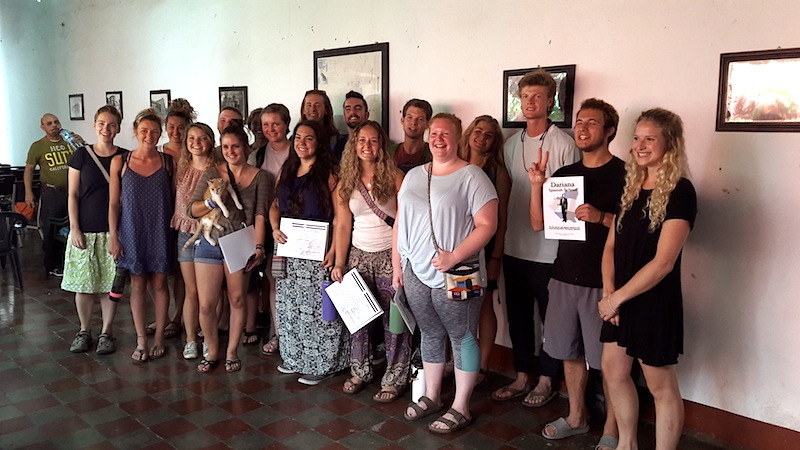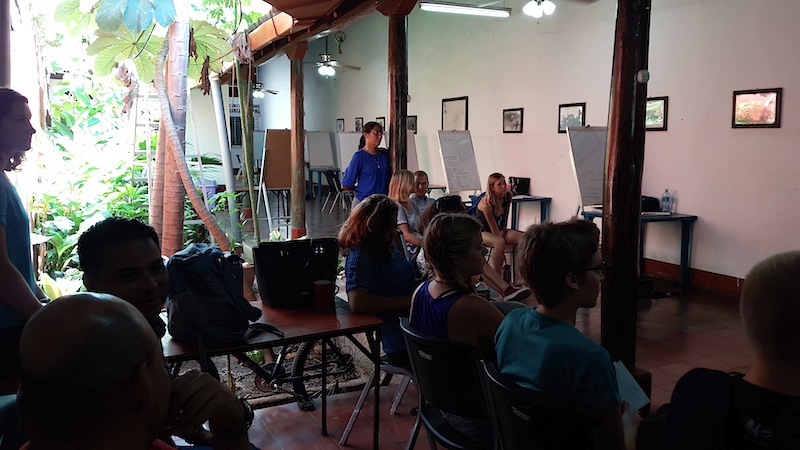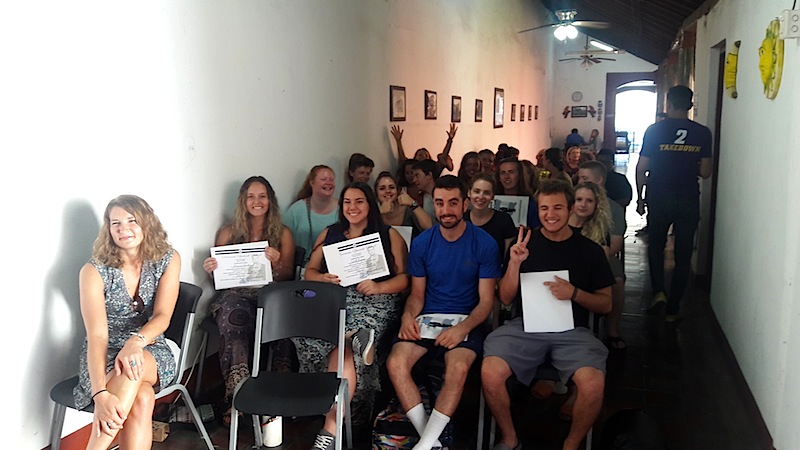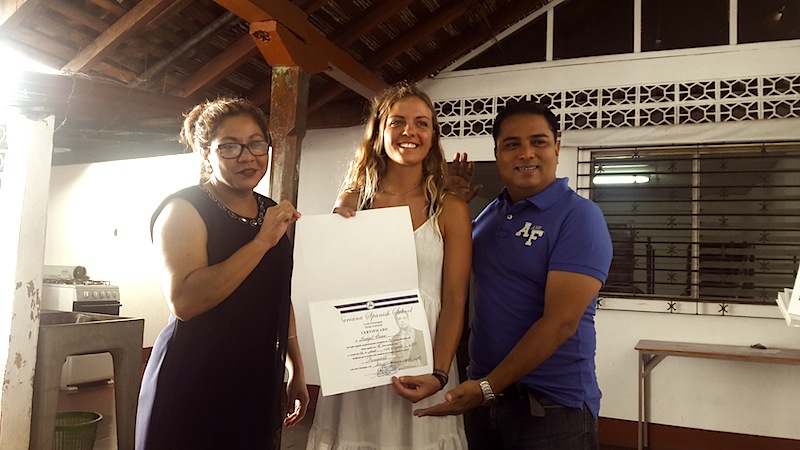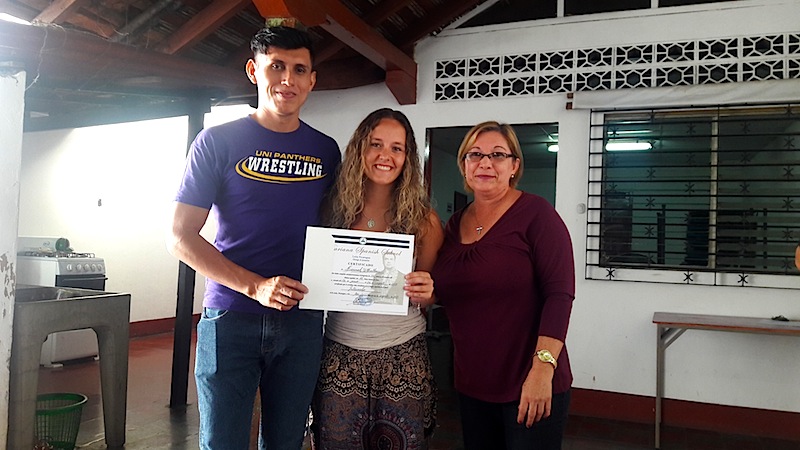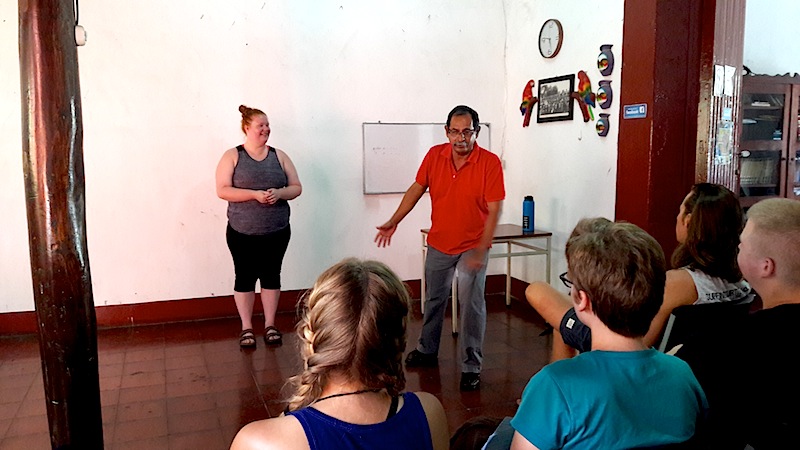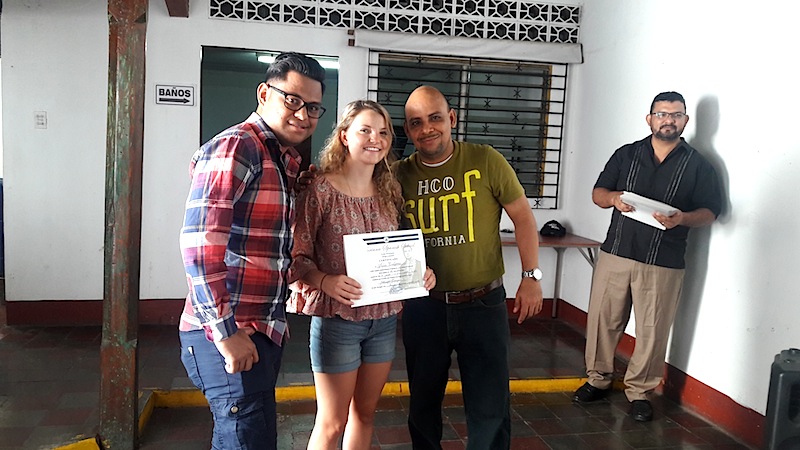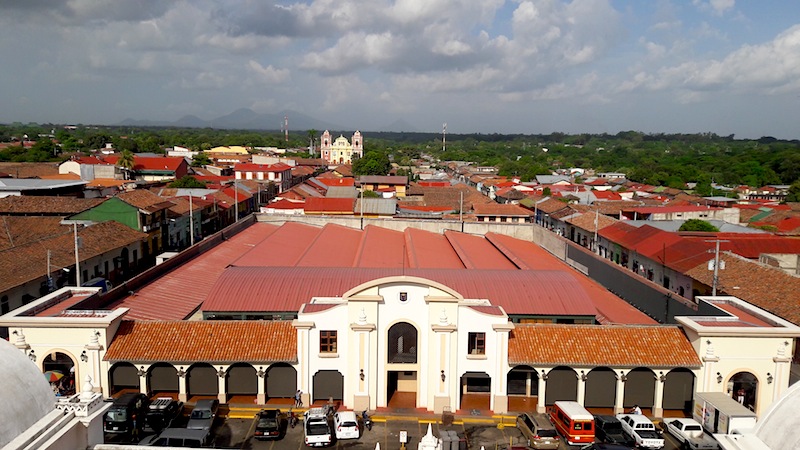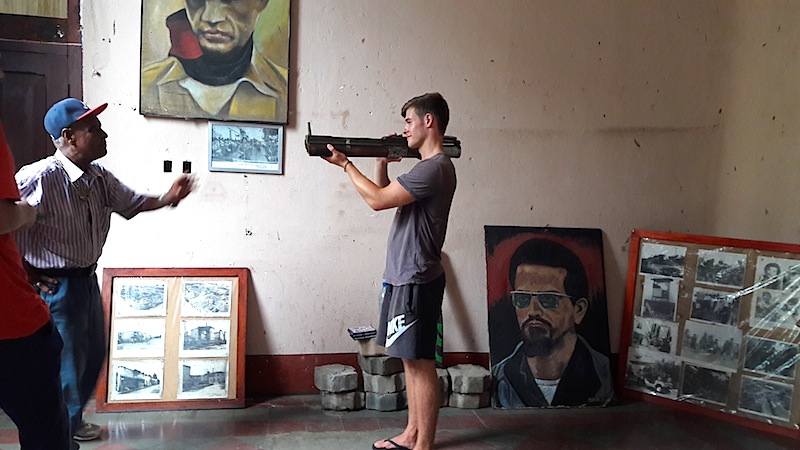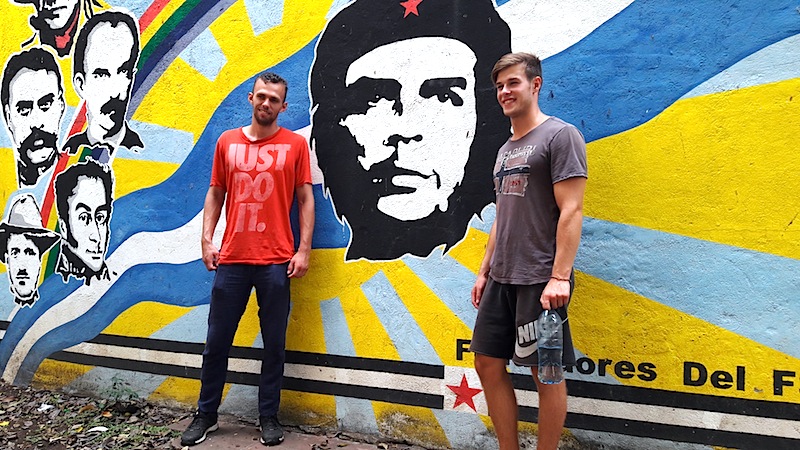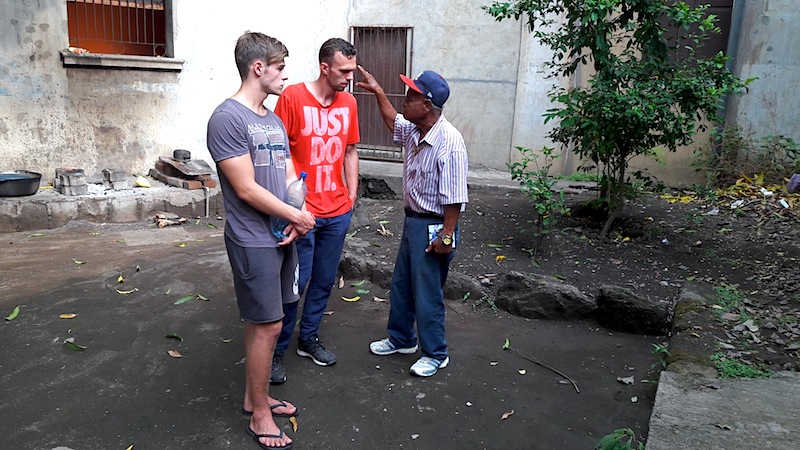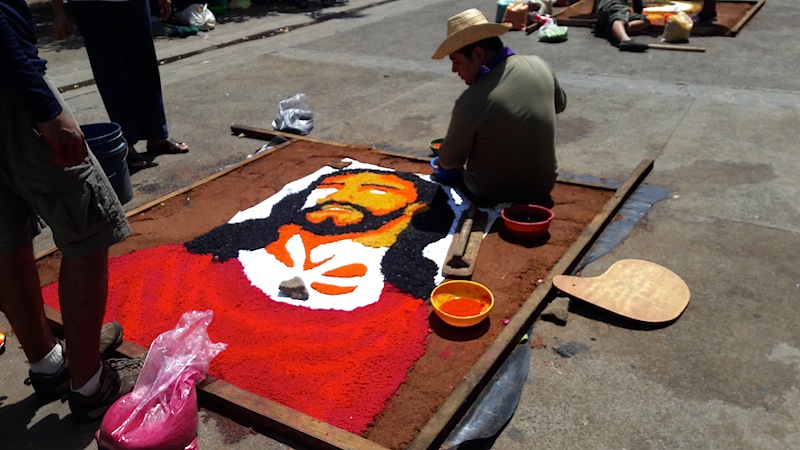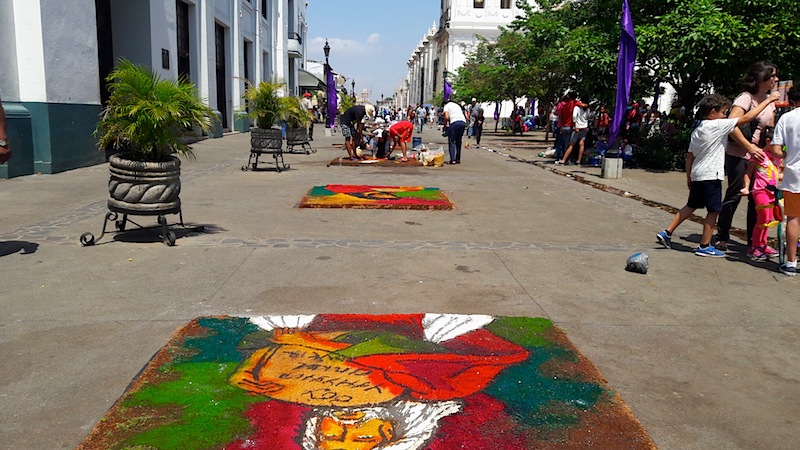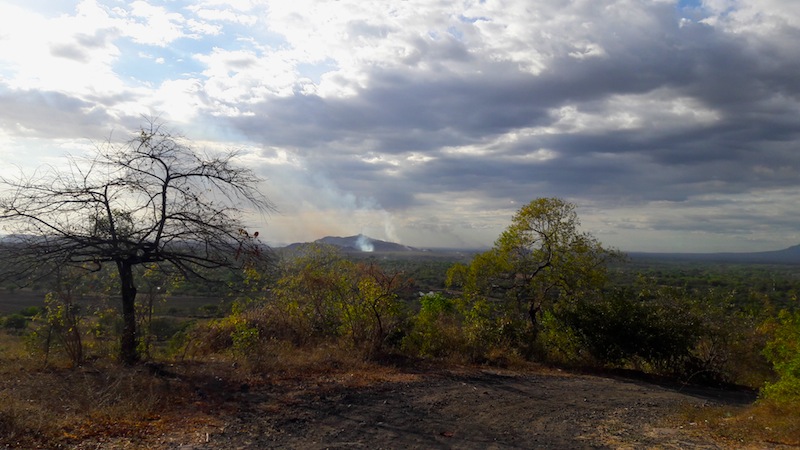Who is the course for?
Are you struggling to communicate with your Spanish-speaking patients? If so, here’s the perfect solution. Whether you’re new to the Spanish language or just want a refresher, this fun and simple course will give you the tools you need to bridge the communication gap. Working with existing Medical Universities, for example with The Medical Centre of Massachusetts University (UMASS) & Montana State University our course is structured between four-to-six weeks. We have individual medical professionals who are studying with us for several months. And we can structure a bespoke course length to meet your academic or professional requirements.
This course is designed to teach students with little to no background in foreign language, the basics of understanding and speaking Spanish in the healthcare setting in particular.
In an increasingly global world, knowledge of a foreign language is a key aspect of cultural competency. Spanish is a language spoken by millions of people world wide and is important not only for working abroad but with the growing numbers of Spanish-speakers in the US.
Although excellent instruction and resources will be made available, it is up to the student to take advantage of these and spend time outside of class to reach individual goals. Grammatical structure, common phrases, and medical vocabulary will assist students in acquiring conversational engagement skills and develop a deeper understanding of Spanish in the healthcare setting. This course aims to fulfill at least five course objectives for a successful transition into the intermediate medical Spanish course.
With increasing numbers of Spanish-speaking patients entering the healthcare system every year, especially in the U.S.A, it’s more crucial than ever for health professionals to learn medical Spanish. What’s more, adding Spanish skills to your résumé can broaden your career horizons. But you’re a busy person, and you don’t have time to waste—so this course skips the «touristy» topics and focuses on the survival Spanish medical personnel really need to know in a medical setting.
Starting with the basics of Spanish pronunciation, you’ll move right into simple words for everyday topics including colors, numbers, conversational phrases, family names, and words for asking questions. Next, you’ll get to the heart of the course as you discover how to ask about pain, symptoms, medical histories, insurance, and patients’ feelings. You’ll also learn how to talk about body parts, diets, and medical care and treatment. Along the way, entertaining games and stories will help you practice your new vocabulary as you gain awareness about Latin American culture.
What topics will you cover?
- Students will be able to converse with peoples in Spanish on topics in healthcare and medicine using basic medical terminology.
- Students will be able to articulate and respond to basic patient concerns.
- Students will be able to conduct basic Health of Present Illness (HPI) assessments in Spanish.
- Students will be confident in their newly acquired Spanish-speaking abilities and know when to call on the help of an interpreter certified in Medical Spanish.
- Speaking, Spelling, and Counting in Spanish
- Words for Talking About People
- Colors, Directional Words, and Numbers from 20 to 199
- Verbs
- Words for Describing the Body and Medical Conditions
- At the Doctor’s Office
- Emergency!
- The Examining Room
- On the Patient Care Floor
- Admitting and Discharge
- Words for Talking about Pregnancy and Pediatric Care
- Vocabulary for Assisting Adult Patients
Cost:
| Per Week US $ | Hourly lessons per day | Teaching Materials | + 10 hours at clinic | Homestay (full catering) | |
|---|---|---|---|---|---|
Please note: That you have the option to assist 10 hours to the clinic, the schedule for this will be arrange when you make the registration. Homestays are with Nicaraguan families in Nicaraguan homes with three meals a day from Monday to Saturday. Families do not speak English.
Should you wish to find your own accommodation, we can suggest a range of places to stay to suite your budget level. For example, there are serviced apartments very close to the school, through to backpacker style hostels. If you require airport pick up or pick up from other locations within Nicaragua, please visit our additional services Additional services
What will you achieve?
By the end of the course, you’ll be able to…
By the end of this course, you’ll have a strong foundation in working medical Spanish that you can build on for years to come. ¡Vamos! (Let’s go!)
I was there with my school, Montana State University, and I loved it. The teachers were wonderful. They made a point to work with me on what I thought I needed and what I wanted to work on. They also showed me around the town which was amazing! Katherine Garvey review
Massachusetts University Medical Students having lessons and experiencing some afternoon activities.

